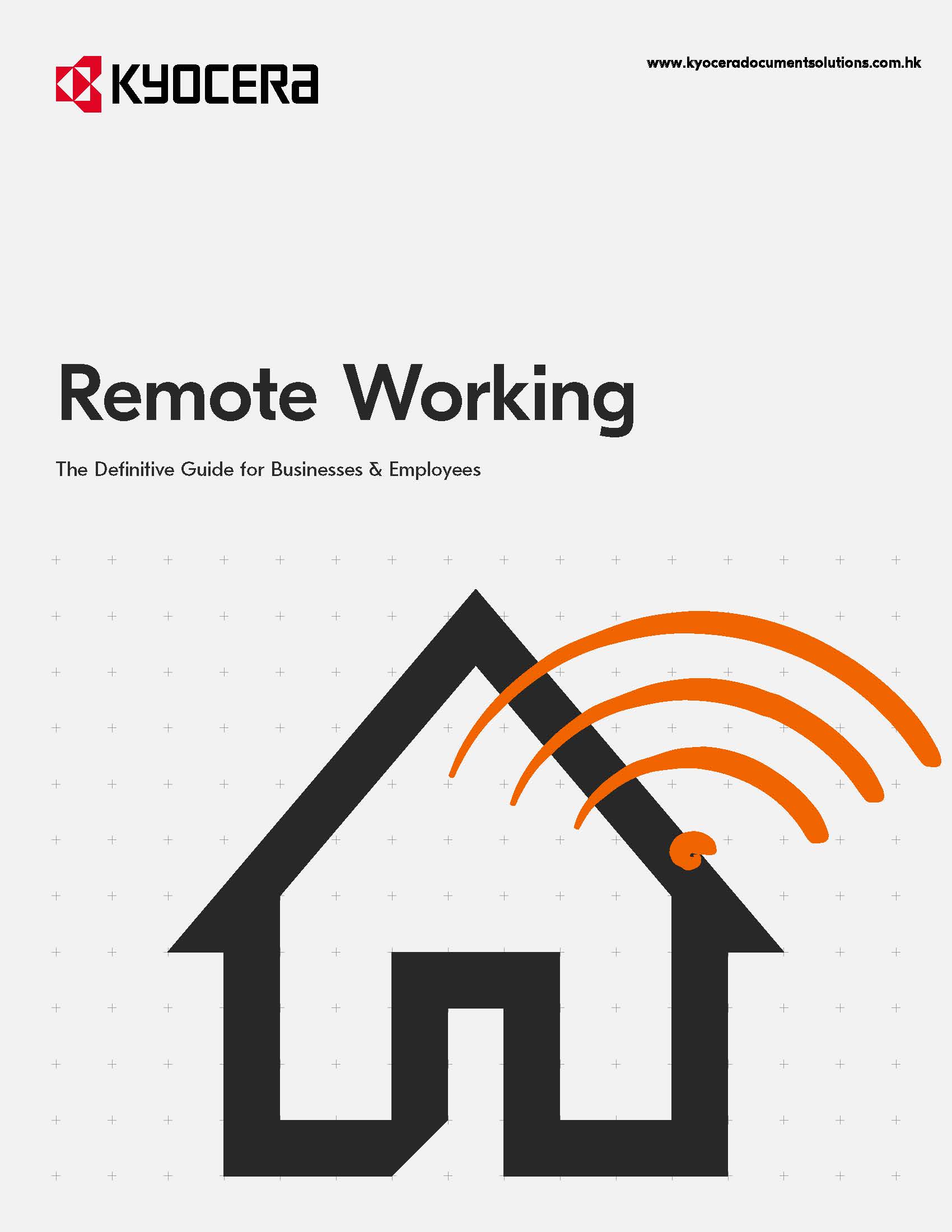The New Normal:
Remote Working
The Definitive Guide
for Businesses & Employees

The Definitive Guide
for Businesses & Employees

Remote Work, also known as “Smart Working” or “Working from Home”, is the ability to work from any place or location, without having to be present in a traditional corporate office. it is based on the idea that most professionals don’t actually need to commute to a specific place to perform their tasks effectively.
However, in order for professionals to work optimally, it is important to provide some guidance, or policies, so that both organisations and employees can benefit from Remote Working with greater flexibility, improved health and wellness, increased motivation, higher productivity and even significant cost savings.
Potential security gaps have been multiplied by the number of employees working from home. Remote workers can be an unforeseen and uncontrolled vulnerability, especially when a very high percentage of the workforce is involved.
In some cases we’re blind to each other’s stress and we can be annoying. With so many messages it can be easy for things to be missed or misunderstood. Contextualizing and getting to the point are two ingredients of effective communication via chat or email.
Something as simple as locking a computer when taking a break will prevent strategic plans, personal databases or profit and loss statements from being seen by third parties living under the same roof, thus breaching important employee confidentiality agreements with the company, and the company with stakeholders.
There are many task management platforms, as well as methods to organize tasks in order to meet deadlines. In any case, organizing a production and delivery schedule, as well as encouraging proper time management, is the best way to maintain efficiency levels.
Human Resources departments should make an effort to care for the health of employees, and this includes recommendations on how to disconnect from work. There is already a lot of research linking remote working to depression, loneliness and anxiety.
There are remote workers who won’t leave their seats until the job is done. There are others for whom the bark of a neighbor’s dog or a roommate’s noise will distract them. There are solutions for everyone.

Remote workers will feel the confidence that is placed in them to carry out their work without “Big Brother” watching them. This means that, in the absence of a fear-based culture, employees will be accountable to each other, not to management.

It increases employee happiness and loyalty to the company (※1). Creativity, innovation and out-of-the-box thinking are not possible without people who are satisfied with their life and work.

Studies show that employee performance increases when working from home by 13%, breaks and sick leave are reduced (※2), which translates into a reduction in turnover of 25% compared to companies who do not offer remote working (※3), total productivity improvements of 20% and savings of thousands of dollars per employee can be made.

The advantage of being prepared for what is coming: new generations understand the possibility of remote working as a ‘must’. That’s why recent studies say that, since 83% of millennials confess to being ‘burned out’ from their current job, 73% of departments will have people working from home by 2028. The current system will be rethought and improved as millennials move up the hierarchal ladder (※4).
State of Remote Work 2019, by OwlLabs. “DOES WORKING FROM HOME WORK? EVIDENCE FROM A CHINESE EXPERIMENT”. By Nicholas Bloom, James Liang, John Roberts y Zhichun Jenny Ying. State of Remote Work 2017, by OwlLabs. Third Annual “Future Workforce Report” Sheds Light on How Younger Generations are Reshaping the Future of Work. By Upwork.
Benefit from the insights of Kyocera’s ultimate guide to remote working!
Download the e-book and discover why your organisation should employ such a policy.

In this eBook you will learn: